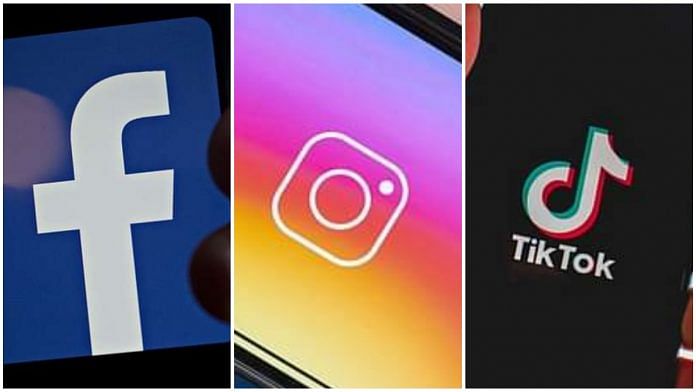In recent years, ‘kidfluencers’ in India have catalysed the Rs 900-crore influencer market advertising industry, which is poised to reach Rs 2,200 crore in 2025. They have changed not just the societal behaviour, but also the purchasing behaviour of a family. Earlier, most of the purchasing decisions for kids were taken by parents. But now at least one-third of the decisions are taken by children themselves, who in one way or another, are influenced by watching ads or content on social media platforms. The content is posted by children who earn more money in millions than their age. However, this has also put such kids at serious risk of exploitation due to their lack of legal rights to their income and safe working conditions and protections under labour law.
‘Kidfluencers’ are children who post videos online on various social media platforms, generate a large number of followers, and often make money from sponsored content. We can assume that these all started when Taimur Ali Khan Pataudi, son of Kareena Kapoor Khan and Saif Ali Khan, got overnight popularity. There were meme pages, parody accounts, sarcastic videos, and many more on his name, which made him more popular than any established actor in the Bollywood industry. His picture is used to sell everything from school bags to local snacks. He may be leading the pack, but he is not alone. Many new kids who gained fame overnight through stints on reality shows joined the tide. As mobile data became easier to access, a wave of children rushed to social platforms such as YouTube, Instagram and TikTok.
Kid influencers and rights
There is no dearth of money when it comes to social media marketing. One can earn money in clicks and views, and children are best at generating views. YouTube and Instagram prohibit children under the age of 13 from having an account. To counter this, parents manage the accounts and finances of kidfluencers. They make deals with marketing agencies, brands, and other stakeholders, which make them the complete owner of the money earned by the videos of their kids. While child actors in the entertainment industry have access to many protections, kid influencers are treated differently because they work in a personal home setting on a platform where parents agree to participate. Their activities are not considered ‘work’ because there is no employer-employee relationship and the acts are considered normal activities in front of the camera rather than performing ‘performances’.
‘Kidfluencers’ unbox toys, lip-sync songs, fold and arrange their clothes, and share their daily routines. It is good to have exposure but it also puts them at probable risks like loss of privacy and security, child labour, child exploitation, missing school, and many more. There are also risks of potential mismanagement of their earned money by their parents. Many countries have implemented laws as well. France has issued the ‘Exploitation of the image of children on all online platforms bill’, which says if children are below the age of 16 then all the money earned by them will be protected. This also ensures that social media platforms are obligated to remove content at the request of the child.
Making such laws will not be easy as parents will always say that making videos has always been a choice, not a compulsion. A choice to develop skills and provide exposure to their children, but the potential harm exposing their children’s lives and sharing information about their lives to an unknown audience could cause is often overlooked by parents. We don’t know how these self-exposing videos will impact the mental health and behaviour of these children when they will see themselves after 10-12 years. Kidfluencers lack the basic working rights, policies, and regulations that should be there to ensure they are not overworked, less paid, or are subject to any harassment either by the marketing agencies, brands or even by their parents.
The author is a student at Indian Institute of Management, Vishakhapatnam. Views are personal







